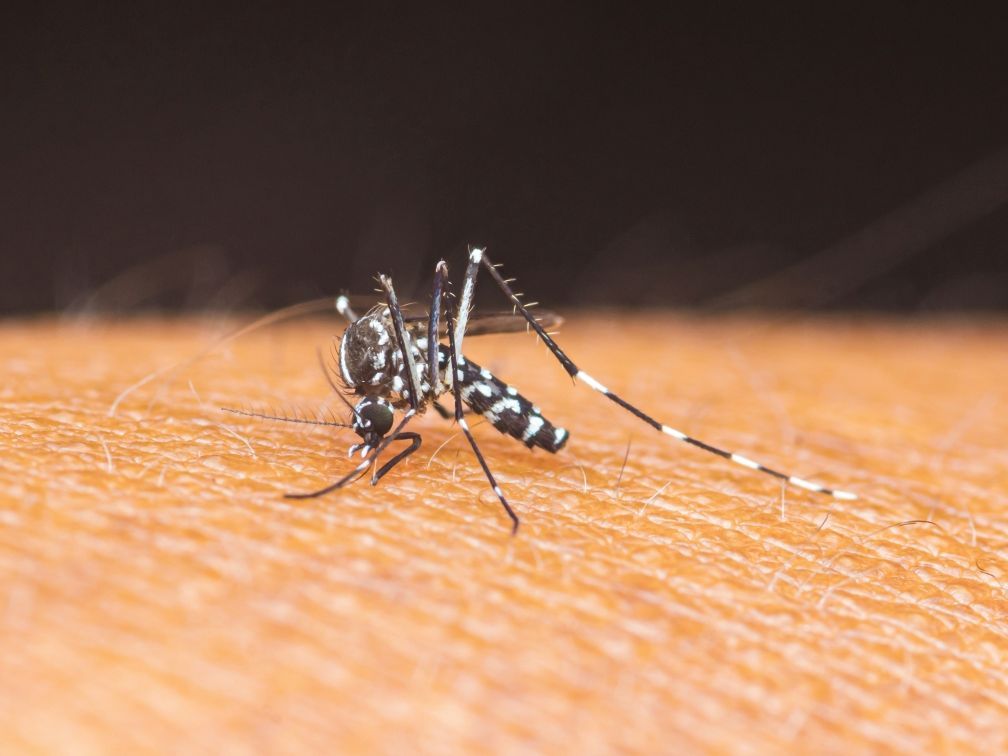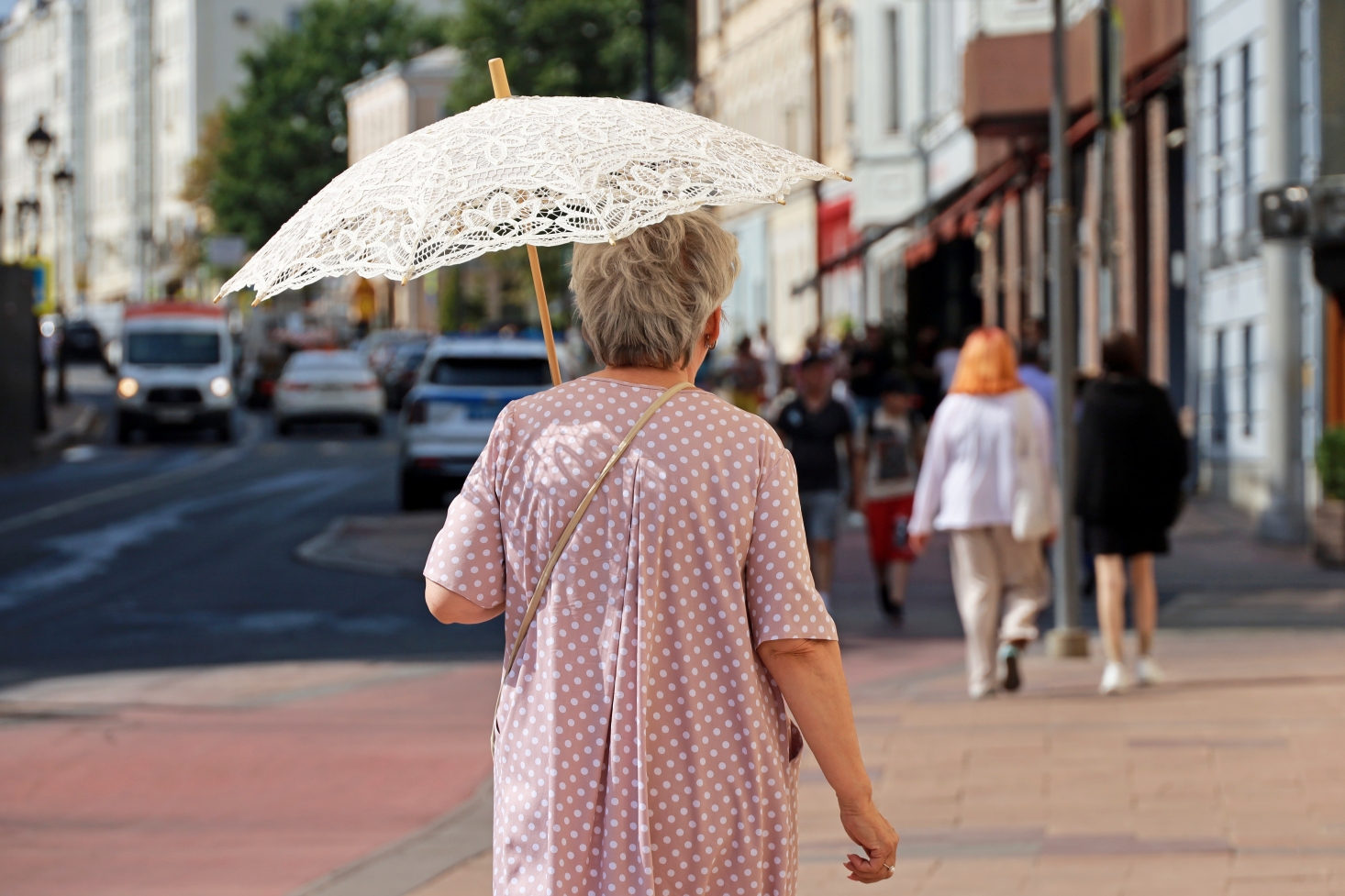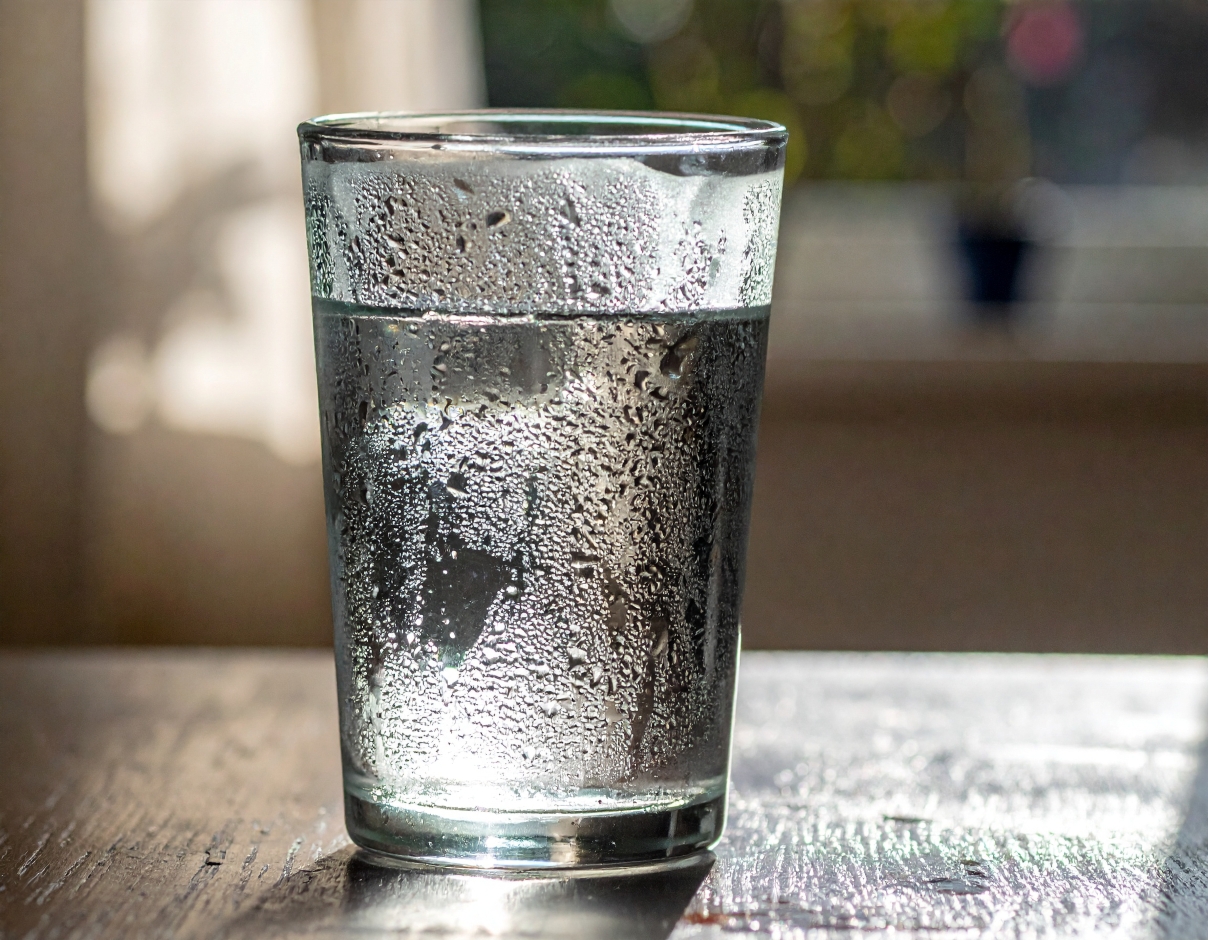

prevention.ch: In what ways does climate change affect public health in Switzerland?
Martina Ragettli: We distinguish between the direct and indirect effects of climate change on health. Direct effects include the consequences of heatwaves and other extreme weather events, such as floods and landslides. These can have an immediate impact on health, for instance through injury, a deterioration in well-being, increased hospital admissions, or premature death. Increasing heat stress is one of the greatest climate-related health risks in Switzerland. High temperatures can exacerbate chronic conditions such as cardiovascular and respiratory diseases. They also impair physical and mental performance, increasing the risk of complications such as premature births and heat-related deaths.
And what are the indirect consequences for health?
The indirect effects of climate change on our health stem from changes in ecosystems and our livelihoods. One example is air quality: high temperatures cause ozone levels near the ground to rise, affecting the respiratory tract. Pollen season also starts earlier, lasts longer and is more intense, which particularly affects people with allergies.
Another important issue is the increased prevalence of disease-carrying organisms, such as ticks and mosquitoes. The milder climate means that ticks are active for longer periods throughout the year and are spreading to higher altitudes. Ticks are primarily responsible for spreading Lyme disease and tick-borne encephalitis (TBE).

"Vector-borne diseases, which were previously mainly found in tropical regions, are also becoming increasingly prevalent in our part of the world."
The Asian tiger mosquito, for example, will be able to spread further as a result of milder winters. This mosquito can transmit diseases such as dengue and chikungunya fever.
Last but not least, climate change has global consequences that indirectly affect us in Switzerland, such as disrupted supply chains for food or medicines and migration resulting from socio-economic disruption, crises and conflicts, which can also impact mental health.
The consequences we feel most directly are heatwaves. Which population groups are particularly affected?
In Switzerland, the largest risk group is people aged 75 and over. Other risk groups include people who need care, those with chronic illnesses, pregnant women, young children, and people who work outdoors and are therefore heavily exposed to the heat.
The Climate Seniors have filed a lawsuit at the European Court of Justice because they are severely affected by climate change. Why are older women particularly affected by climate change?
Monitoring of heat-related deaths in Switzerland shows that there are more heat-related deaths among women than men. The reasons for this are not yet fully understood. One possible reason is that women generally live longer than men. Sensitivity to heat increases with age. There may also be physiological reasons: women tend to sweat less than men and are therefore less able to adapt to high temperatures. It is also thought that women become even more sensitive to heat during the menopause. Socio-cultural factors may also be a contributing factor: for instance, women tend to be more active during heatwaves and spend more time outdoors, for example doing grocery shopping or care work in old age. This can further increase the strain experienced in hot weather.

You are investigating heat-related mortality in Switzerland. What was the most important finding?
One key finding is that heat has a significant impact on health in Switzerland – it leads to deaths, emergency hospital admissions, and impaired performance. Currently, several hundred deaths each year are attributed to heat. This makes it the natural hazard with the highest number of fatalities in Switzerland.
"As the consequences are often not immediately visible, heat is also referred to as a 'silent killer'."
Another important observation is that society has adapted to some extent to increasing heat stress thanks to various adaptation measures. However, this adaptation is more evident on moderately hot days, such as summer days with temperatures of 29°C. During heatwaves, the risk of heat-related deaths remains high.
How can you protect yourself from the heat?
The health effects of heat can be avoided relatively easily by making a few simple changes to your behaviour. The Federal Office of Public Health has issued three golden rules for hot days:
- Avoid physical exertion. Take it easy during the hottest part of the day and stay in the shade.
- Keep the heat out and cool your body by closing windows during the day to keep the sun out and ventilating at night and early in the morning. Cool your body by taking a cool shower or placing cold towels on your forehead and neck. Wear light, loose-fitting clothing.
- Stay hydrated, eat light meals, and adjust your medication. Drink regularly and avoid fatty and hard-to-digest foods. Check the dosage of your medication with a healthcare professional. Some medications can affect how your body adapts to the heat.

How can you help others during hot weather?
It is important to pay extra attention to high-risk groups, such as older people, whether they are family members, neighbours or friends. You can help them follow recommendations on how to behave or make their daily lives easier, for example by doing their shopping for them.
If it becomes too hot inside, you can help those affected to cool down by taking them to air-conditioned places, such as libraries or shopping centres.
Our survey of people aged 50 and over in Switzerland also shows that older people mainly obtain information on heat-related health protection from family and friends. This makes personal support particularly valuable.
What are cities and cantons doing to protect the population from the effects of heat?
We recently published a report on this topic for the Federal Office of Public Health (FOPH). In 2024, we surveyed the health departments of selected cities and cantons to find out what measures they are implementing.
Some cantons, particularly in western Switzerland and Ticino, have introduced heat action plans. The World Health Organization (WHO) recommends introducing heat action plans, as these are considered an effective way of protecting the population from heat, enabling the coordination of short-, medium- and long-term measures by various stakeholders. In Switzerland, these plans are typically coordinated by the cantonal medical office. The Department of Health coordinates the activities of various partners, including hospitals and retirement homes, as well as the Department of Education. Responsibilities are clearly defined, including during the summer and during heatwaves.
Are these action plans similar?
There are certainly differences. The WHO recommends that heat action plans contain eight core elements. However, the plans vary in their implementation. The cantons of Geneva and Vaud introduced heat action plans shortly after the 2003 heatwave and have since gained considerable experience with them. These plans are coordinated by a large number of partners from sectors such as health and social care. The plans are also embedded in regional adaptation strategies. In German-speaking Switzerland, such plans have only recently been introduced in a few isolated cases, for example in Basel-Stadt and St. Gallen. In other cantons, health departments are currently doing little or nothing to protect people's health in hot weather or are only implementing isolated measures, such as providing information on their websites. Often, financial resources are lacking, or the issue is not yet perceived as a political priority.
Which measures are particularly effective for protecting against heat?
We cannot say for certain. Various levels of action are required: the public and healthcare professionals must be informed of the risks posed by heat so that they can act accordingly. However, special measures are also needed for acute heatwaves. These include early warning systems and protection for particularly vulnerable people, such as adjusting the working hours of certain occupational groups or paying more attention to older people.
"In the long term, urban planning and building design efforts, such as creating green spaces, will have an impact."

Interdisciplinary cooperation is crucial for mitigating the health effects of climate change. Could you explain that further?
Addressing high temperatures and protecting health requires solutions not only in the healthcare sector, but also in urban and architectural design, and in our everyday learning and working environments. Interdisciplinary cooperation is therefore vital, as different stakeholders must collaborate to ensure effective heat protection.
The ‘health in all policies’ principle, whereby health aspects are considered in all political decisions, is important when dealing with climate change. This is because many different factors contribute to health promotion. Decisions in areas such as spatial planning, architecture, and the world of work – for instance, the design of a building – also impact public health. Green spaces and trees reduce heat stress and improve air quality, creating places for social interaction that boost mental health. This is why we need a health-in-all-policies approach.
Is there a need for action in Switzerland?
The Federal Office for the Environment recently published a risk analysis. It identified increasing heat stress as one of the greatest risks for Switzerland, requiring urgent action to protect society. The cantonal health departments that we surveyed also recognise the need for action on heat protection. Many cantons would like support in monitoring the effects and implementing measures. There is also a need for greater inter-cantonal exchange and coordination to make existing resources more efficient.
Are new measures needed?
So far, measures have mainly been implemented for the group at greatest risk: older people. Action is needed in schools, for example, as many school buildings and classrooms are too hot, which affects the concentration and performance of teachers and pupils. Targeted measures are also needed for people with certain illnesses, such as mental health conditions, and for those who work outdoors.
Furthermore, many questions remain unanswered in the area of primary care. The role that general practitioners and other primary care providers can and should play in heat protection is unclear in many places and has not yet been addressed systematically enough.
What advice would you give to professionals working in health promotion?
I would encourage them to work in a multidisciplinary and transdisciplinary manner, rather than thinking in terms of sectors or silos. The health consequences of climate change, such as increased heat stress, cannot be solved by the health sector alone. A clear Health in All Policies approach is also needed, incorporating urban design, energy and transport planning, and education. Many measures have multiple positive effects: for example, more green spaces protect against heat and promote recreation, exercise, social interaction and mental health.
